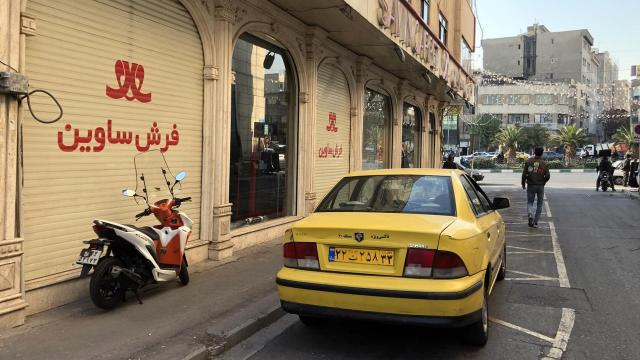Iran's Revolutionary Guards have built up their presence in restive Kurdish regions
The mass demonstrations that erupted after the Sept. 16 death in custody of 22-year-old Kurdish woman Mahsa Amini spread rapidly across the country but have been most intense in areas populated by ethnic minorities, many of whom are Sunni Muslims.
The unrest has posed one of the biggest challenges to Iran's Shi'ite clerical rulers since they came to power in the 1979 Islamic Revolution, with previous bouts of sustained protest eventually being crushed.
Activist website 1500Tavsir posted footage it said was from
protests on Friday in Zahedan, the capital of Sistan-Baluchistan province, with
the sound of gunshots and, in one video, demonstrators running for cover.
Reuters could not independently verify their authenticity.
A prominent Baluch Sunni Muslim cleric, Molavi Abdolhamid, used
his Friday prayers in Zahedan to call for an end to the repression of protests
through arrests and killings.
Iran has accused Western countries of orchestrating the unrest
and has accused protesters in ethnic minority regions of working on behalf of
separatist groups.
It has escalated its crackdown in Kurdish areas, with the U.N.
rights commissioner noting on Monday reports of more than 40 deaths in those
areas over the previous week. On Tuesday Iran said it had struck a Kurdish
group in northern Iraq, the latest of several missile and drone attacks on
Kurdish dissidents in recent weeks.



Comments
Post a Comment